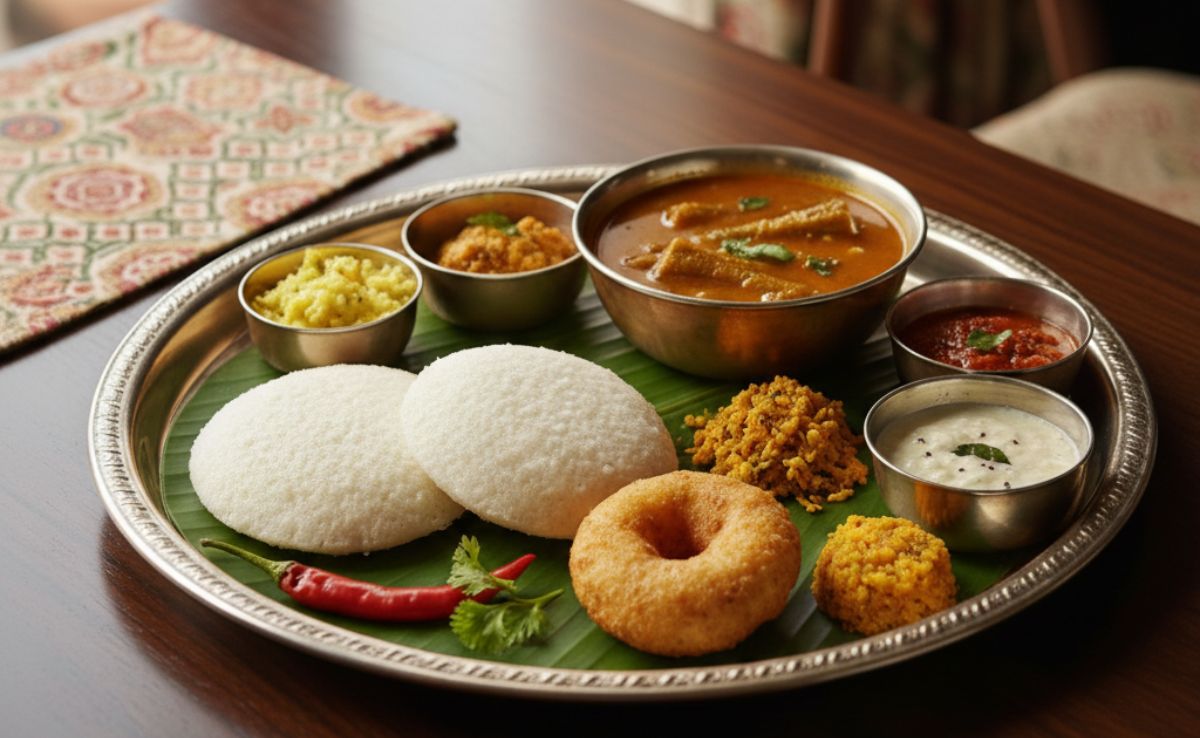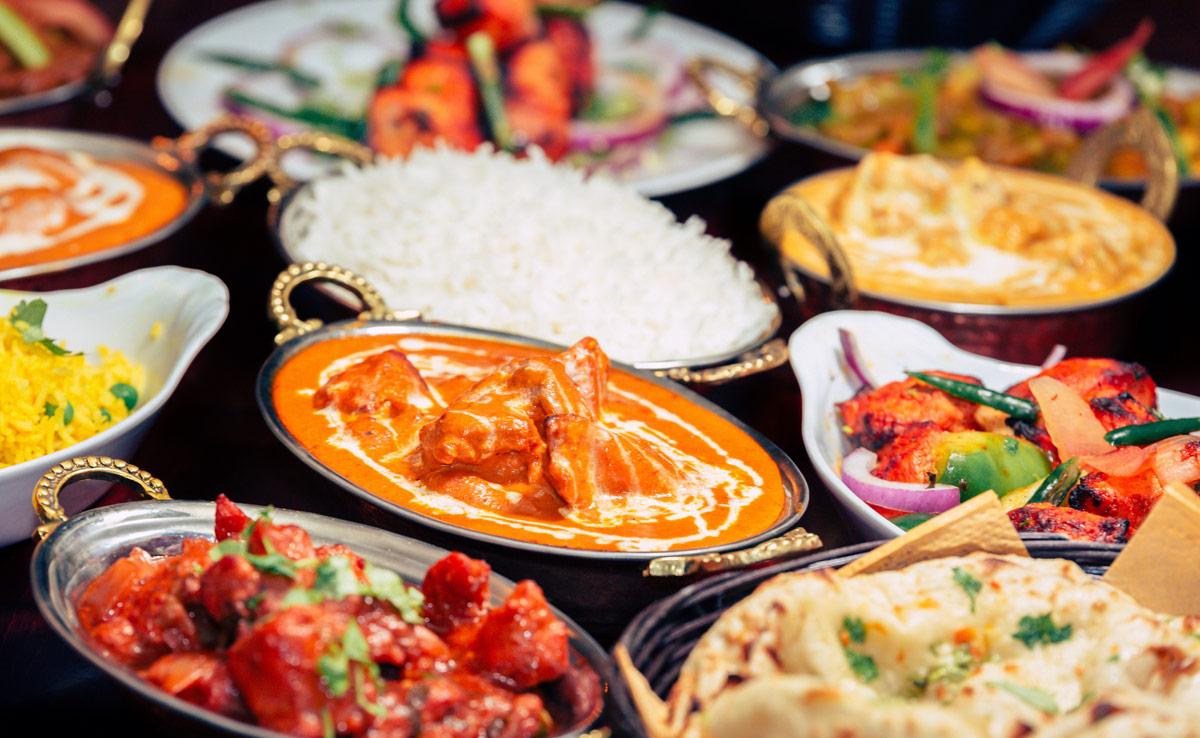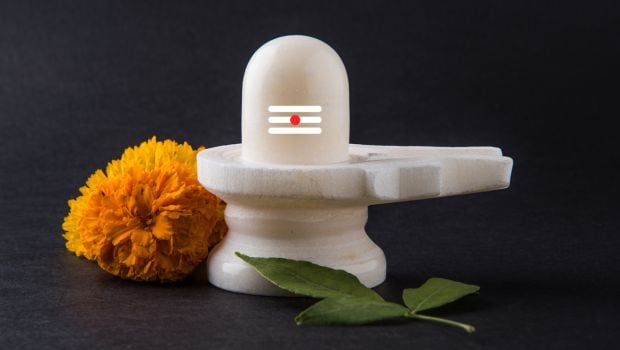Mahashivaratri is here, and Hindus all across the world have geared up to please their beloved deity on this auspicious day. Mahashivratri is one of the most significant festivals for the Hindu community. Temples across the nation witness an outpour of devotees who gather around the Shiva Linga with their abundant offerings to appease Lord Shiva. While prayers and vigils go on throughout the night of Mahashivratri, what also makes the festival special is its characteristic fasting or the Mahashivratri Vrata. The vrata marks a very high significance for every Shiva devotee, with some opting to even go on fasting through the day without a single drop of water, majority of devotees observe a special fast consisting largely of fruits along with plenty of water and milk which keeps them hydrated.For generations, Hindus have observed the fast with utmost diligence, scriptures say that if a devotee is able to manage the feat with sincerity, Lord Shiva absolves him of all his sins and blesses him with abundant prosperity.Majority of Hindus on Mahashivratri wake up and don fresh new clothes after a bath and head straight to the nearest Lord Shiva temple to place their offerings in the form of milk, fruits and bael leaves. Some also offer honey, curd, ghee and sweets alongside milk, and light incense sticks and ring the temple bell to invoke the blessing of Lord Shiva. Unlike other Hindu festivals, where after performing the puja of the deity a feast follows, on Shivratri, the fast continues all through the day and night. Devotees observe an all-night vigil while chanting hymns in praise of Lord Shiva. Even during the night, Shiva Lings are given holy bath every three hours.
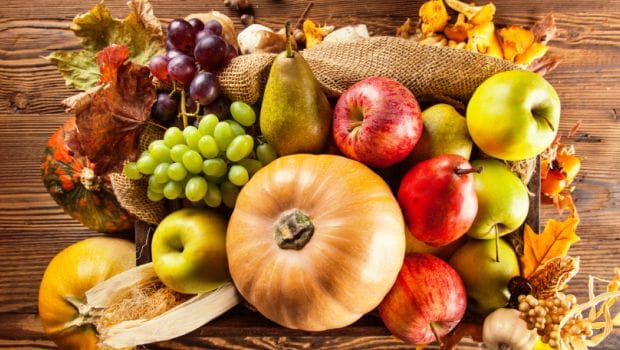
Mahashivaratri 2020: On Mahashivratri, Hindus worship Lord Shiva and offer milk, fruits and bael leaves as prasad.
While some devotees opt for a full fasting without consuming a single drop of water, for many others it is not a practical option due to illness, job or old-age, therefore they have a special meal marking their Shivratri Vrat, laden with fruits, milk and water. No meal is eaten after sunset on Shivratri day. Next meal is taken on the morning of amavasya (next day morning) after doing puja.
Mahashivratri Special Diet
Here is a brief note on the food that is eaten on Mahashivratri -
- Non-cereal food such as boiled potatoes which is made into a curry without onion, garlic, ginger or turmeric, characterises a typical Shivaratri meal of the afternoon, also known as phalar in some communities.
(Also Read: Mahashivratri: 5 Quick and Easy Desserts)
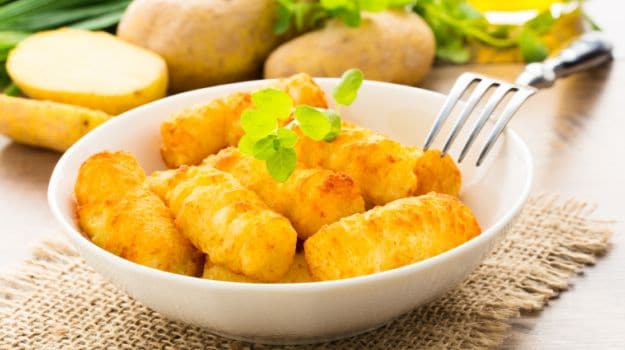
Mahashivratri 2019: Non-cereal food such as boiled potatoes are made into a curry without onion, garlic, ginger or turmeric.
- Sabudana (tapioca) khichdi, upma,pakora and kuttu singahri ka puri are some popular dishes consumed by devotees across the world.
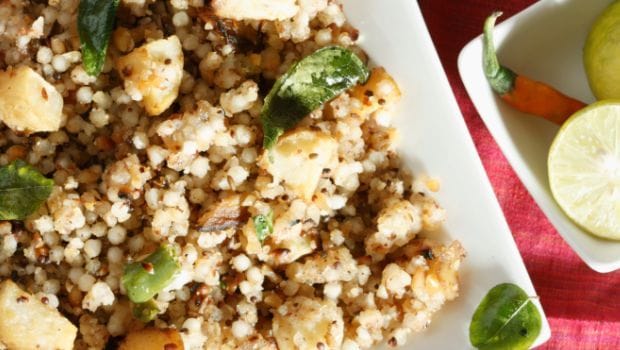
Mahashivratri 2020: Sabudana and kuttu are some popular ingredients during the festival.
- You can also try making sweet dishes thandai, lauki ka halwa, kaju katli, pumpkin pancakes, and others
(Also Read: Not Just a Vrat Ingredient: 10 Exciting Ways to Cook With Singhara Atta)
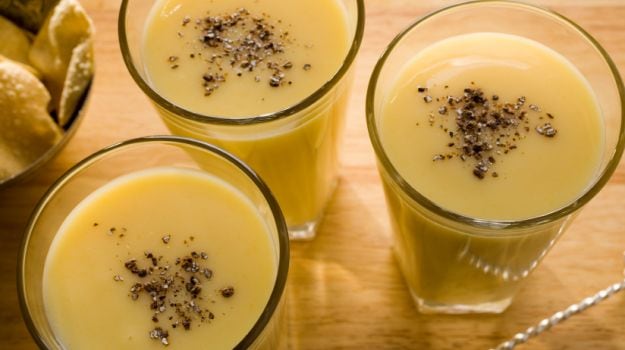
Mahashivratri 2020: Desserts and drinks like thandai, lauki ka halwa, kaju katli and pumpkin pancakesare common during this festival.
- For snacks, tryaloo tikki, aloo pakoda, raw banana vadas, singhada flour pakoda, sweet potato chaat, paneer and aloo chat (without spices).
About Sushmita SenguptaSharing a strong penchant for food, Sushmita loves all things good, cheesy and greasy. Her other favourite pastime activities other than discussing food includes, reading, watching movies and binge-watching TV shows.
